Nokia 2009 Annual Report Download - page 172
Download and view the complete annual report
Please find page 172 of the 2009 Nokia annual report below. You can navigate through the pages in the report by either clicking on the pages listed below, or by using the keyword search tool below to find specific information within the annual report.-
 1
1 -
 2
2 -
 3
3 -
 4
4 -
 5
5 -
 6
6 -
 7
7 -
 8
8 -
 9
9 -
 10
10 -
 11
11 -
 12
12 -
 13
13 -
 14
14 -
 15
15 -
 16
16 -
 17
17 -
 18
18 -
 19
19 -
 20
20 -
 21
21 -
 22
22 -
 23
23 -
 24
24 -
 25
25 -
 26
26 -
 27
27 -
 28
28 -
 29
29 -
 30
30 -
 31
31 -
 32
32 -
 33
33 -
 34
34 -
 35
35 -
 36
36 -
 37
37 -
 38
38 -
 39
39 -
 40
40 -
 41
41 -
 42
42 -
 43
43 -
 44
44 -
 45
45 -
 46
46 -
 47
47 -
 48
48 -
 49
49 -
 50
50 -
 51
51 -
 52
52 -
 53
53 -
 54
54 -
 55
55 -
 56
56 -
 57
57 -
 58
58 -
 59
59 -
 60
60 -
 61
61 -
 62
62 -
 63
63 -
 64
64 -
 65
65 -
 66
66 -
 67
67 -
 68
68 -
 69
69 -
 70
70 -
 71
71 -
 72
72 -
 73
73 -
 74
74 -
 75
75 -
 76
76 -
 77
77 -
 78
78 -
 79
79 -
 80
80 -
 81
81 -
 82
82 -
 83
83 -
 84
84 -
 85
85 -
 86
86 -
 87
87 -
 88
88 -
 89
89 -
 90
90 -
 91
91 -
 92
92 -
 93
93 -
 94
94 -
 95
95 -
 96
96 -
 97
97 -
 98
98 -
 99
99 -
 100
100 -
 101
101 -
 102
102 -
 103
103 -
 104
104 -
 105
105 -
 106
106 -
 107
107 -
 108
108 -
 109
109 -
 110
110 -
 111
111 -
 112
112 -
 113
113 -
 114
114 -
 115
115 -
 116
116 -
 117
117 -
 118
118 -
 119
119 -
 120
120 -
 121
121 -
 122
122 -
 123
123 -
 124
124 -
 125
125 -
 126
126 -
 127
127 -
 128
128 -
 129
129 -
 130
130 -
 131
131 -
 132
132 -
 133
133 -
 134
134 -
 135
135 -
 136
136 -
 137
137 -
 138
138 -
 139
139 -
 140
140 -
 141
141 -
 142
142 -
 143
143 -
 144
144 -
 145
145 -
 146
146 -
 147
147 -
 148
148 -
 149
149 -
 150
150 -
 151
151 -
 152
152 -
 153
153 -
 154
154 -
 155
155 -
 156
156 -
 157
157 -
 158
158 -
 159
159 -
 160
160 -
 161
161 -
 162
162 -
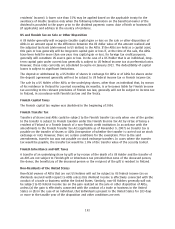 163
163 -
 164
164 -
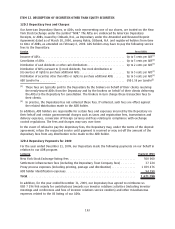 165
165 -
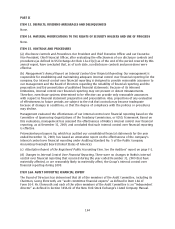 166
166 -
 167
167 -
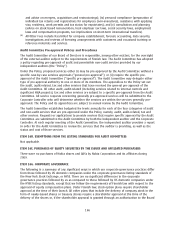 168
168 -
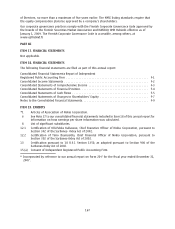 169
169 -
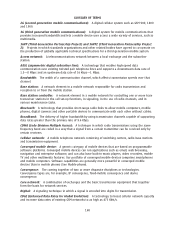 170
170 -
 171
171 -
 172
172 -
 173
173 -
 174
174 -
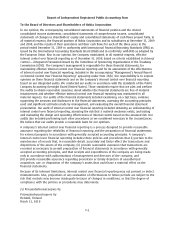 175
175 -
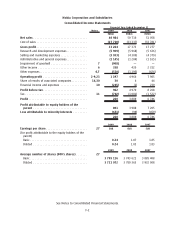 176
176 -
 177
177 -
 178
178 -
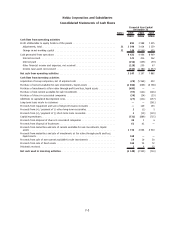 179
179 -
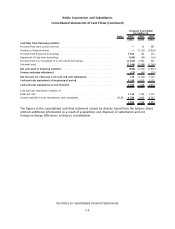 180
180 -
 181
181 -
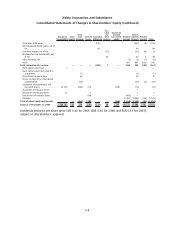 182
182 -
 183
183 -
 184
184 -
 185
185 -
 186
186 -
 187
187 -
 188
188 -
 189
189 -
 190
190 -
 191
191 -
 192
192 -
 193
193 -
 194
194 -
 195
195 -
 196
196 -
 197
197 -
 198
198 -
 199
199 -
 200
200 -
 201
201 -
 202
202 -
 203
203 -
 204
204 -
 205
205 -
 206
206 -
 207
207 -
 208
208 -
 209
209 -
 210
210 -
 211
211 -
 212
212 -
 213
213 -
 214
214 -
 215
215 -
 216
216 -
 217
217 -
 218
218 -
 219
219 -
 220
220 -
 221
221 -
 222
222 -
 223
223 -
 224
224 -
 225
225 -
 226
226 -
 227
227 -
 228
228 -
 229
229 -
 230
230 -
 231
231 -
 232
232 -
 233
233 -
 234
234 -
 235
235 -
 236
236 -
 237
237 -
 238
238 -
 239
239 -
 240
240 -
 241
241 -
 242
242 -
 243
243 -
 244
244 -
 245
245 -
 246
246 -
 247
247 -
 248
248 -
 249
249 -
 250
250 -
 251
251 -
 252
252 -
 253
253 -
 254
254 -
 255
255 -
 256
256 -
 257
257 -
 258
258 -
 259
259 -
 260
260 -
 261
261 -
 262
262 -
 263
263 -
 264
264
 |
 |
pocketable mobile computers, netbooks, tablets, mediaphones, connected TVs and invehicle
infotainment systems.
Mobile device:
A generic term for devices that are used for mobile communications over a cellular
network.
Mobile phone:
A generic term for mobile devices that are based on nonprogrammable software
platforms. Mobile phones can run applications such as email and web browsing, and can also have
builtin music players, video recorders, mobile TV and other multimedia features. However, software
capabilities are generally less powerful in mobile phones than in converged mobile devices (See
Converged mobile device
).
Multiplexing:
A process of combining a number of signals so that they can share a common
transmission facility.
Multiradio:
Able to support several different radio access technologies.
NGOA (Next Generation Optical Access):
Future telecommunications system based on fiber optic
cables capable of achieving bandwidth data rates greater than 100 Mbps.
OFDM (Orthogonal FrequencyDivision Multiplexing):
A technique for transmitting large amounts
of digital data over a radio wave. OFDM works by splitting the radio signal into multiple smaller
subsignals that are then transmitted simultaneously at different frequencies to the receiver.
Open source:
Refers to a program in which the source code is available to the general public for
use and modification from its original design free of charge.
OS:
Operating System.
Packet:
Part of a message transmitted over a packet switched network.
Platform:
A basic system on which different applications can be developed. A platform consists of
physical hardware entities and basic software elements such as the software platform.
Series 30:
A software platform that powers Nokia’s most costeffective voice and messaging
phones.
Series 40:
A software platform that currently powers the majority of our mobile phone models and
supports different functionalities and applications, such as Internet connectivity.
Smartphone:
(See
Converged mobile device
).
Symbian:
A software platform which supports a wide array of functionalities, and provides
opportunities for the development of sophisticated applications and content by third parties. Our
smartphones are powered by Symbian.
TDLTE (time division long term evolution):
An alternative standard for LTE mobile broadband
networks
TDSCDMA (time division synchronous code division multiple access):
An alternative 3G
standard.
Transmission:
The action of conveying signals from one point to one or more other points.
VDSL (very high bit rate digital subscriber line):
A form of digital subscriber line similar to
asymmetric digital subscriber line (ADSL) but providing higher speeds at reduced lengths.
VoIP (Voice over Internet Protocol):
Use of the Internet protocol to carry and route twoway voice
communications.
Wavelengthdivision multiplexing:
Multiplexing in which several independent signals are allotted
separate wavelengths for transmission over a shared optical transmission medium.
170
